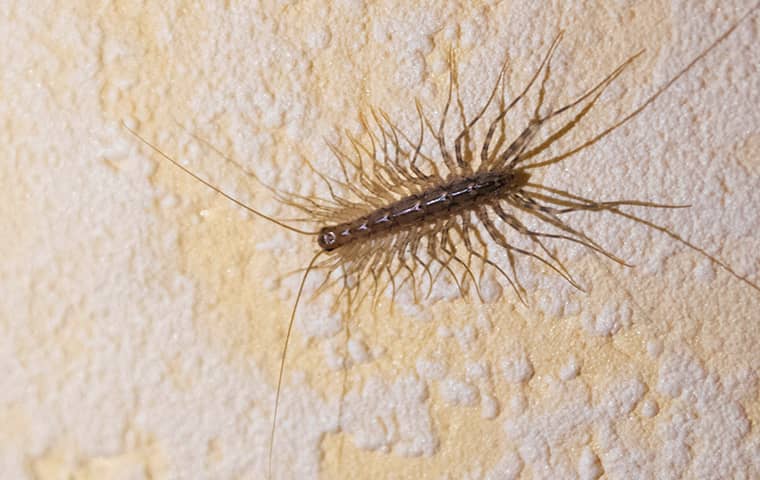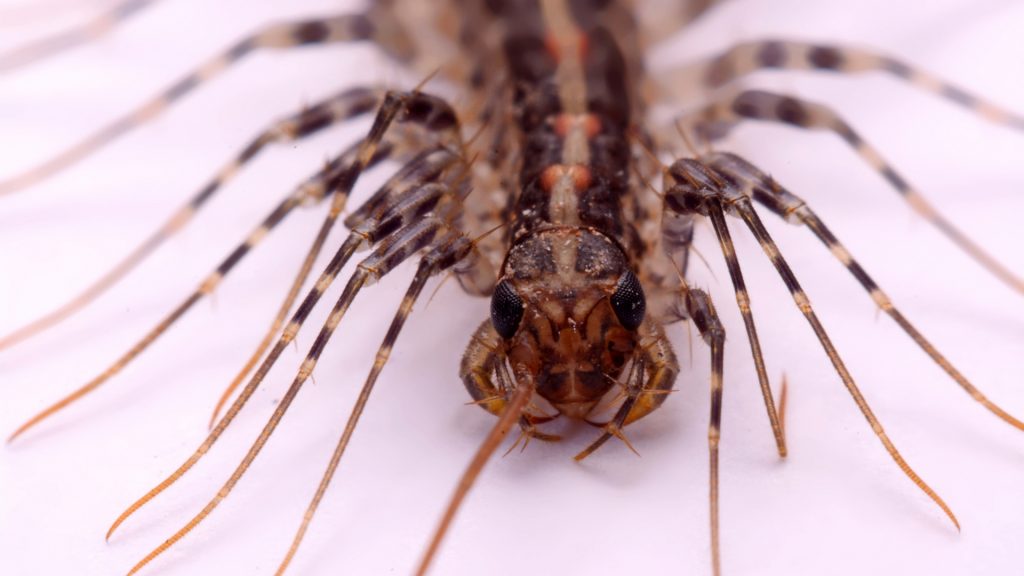Table Of Content
When bringing potted plants indoors, it is essential to inspect them carefully for any signs of centipedes. These pests often hide in the soil or foliage of plants, making them an unsuspected source of infestation. By checking plants before bringing them indoors, you can avoid introducing centipedes into your living space.
How To Get Rid of a House Centipede Infestation
As a result, they may not have an epinephrine auto-injector available. You wake up one morning and see broken skin and maybe some swelling on your arm. These common household pests love arms (and legs), and they are nocturnal.

Centipede and Millipede Bites
Hi PHil, We do not recommend ridding your home of House Centipedes. They are harmless predators that will eat more destructive and harmful arthropods in your home. Check the profile of House Centipede and learn more interesting information about them. Centipedes typically overwinter outdoors in protected situations and lay their eggs during the summer, usually in or on the soil. Females of Scutigera have been known to produced 35 eggs over a period of days. If not, you’re likely among the many who pick up a shoe or recruit someone else to do the dirty work for you.
Dig Deeper on Centipedes
Once they have their meal lassoed tight, they can use their pincers to bite and consume the prey. However, seeing it happen in real-time is rare due to the nocturnal nature of the insect. When they find one, they’ll use their legs to pounce and trap the bug.
Get a Personalized Quote

The average female house centipede can lay between 60 and 150 eggs at a time. So, for every centipede you see, there could be 100 more lurking elsewhere. Fortunately, because they’re nocturnal, you’ll rarely see them. Unless provoked to defend themselves, house centipedes rarely bite people or pets and mostly prefer trying to escape threatening situations. Also, although house centipede venom is not as toxic as some other centipede species and their bites rarely cause any serious effects. People may feel anxious when a centipede bites them, due to both the pain of the bite and the appearance of the multi-legged creature.
What happens when a centipede bites?
Although centipedes may look intimidating with their numerous legs and sharp fangs, they are generally not dangerous to humans. Smaller centipede species may cause nothing more than a painful reaction similar to a bee sting. On the other hand, larger centipedes can inject more venom through their bites, resulting in more intense pain. Despite the discomfort, centipede bites are typically not fatal to humans.
Millipedes do not bite but may secrete a toxin that is irritating, particularly when accidentally rubbed into the eye. While centipedes do have venom and will poison their prey, they typically will only be aggressive towards something they can actually eat. If a common household centipede gets scared and bites you, you might feel a slight pinch.
Centipedes: They might bite, but don't kill them, here's why - The Weather Network
Centipedes: They might bite, but don't kill them, here's why.
Posted: Tue, 08 Mar 2022 08:00:00 GMT [source]
Your doctor may give you a tetanus shot or, if they suspect infection, prescribe antibiotics. Newly hatched larvae, which are rarely seen, have four pairs of legs. The larvae undergo six molts and gain new pairs of legs after every molt.
Not only may a centipede sting hurt like the dickens, but even imagining a multi-legged creature slithering up your arm can be understandably unnerving. You can identify a centipede bite by the two puncture marks where the venom entered your skin. The “bite” site may cause initial discomfort and pain, then become red and swollen. Seen from the side, centipede bodies appear more flat and millipedes appear more rounded. Millipedes protect themselves by secreting a toxic liquid from glands on the side of their body.
First da house burned down, now centipede bite me - Bahamas Tribune
First da house burned down, now centipede bite me.
Posted: Tue, 20 Mar 2018 07:00:00 GMT [source]
They are rarely found in living spaces, but when they do appear, it's usually due to their search for prey or changes in their environment. They are not interested in human food or causing any damage to property. Because they are nocturnal hunters, House Centipedes often startle folks while they are relaxing and watching television.
On the other hand, the giant desert centipede (Scolopendra heros) found in the Southwest, is a very large centipede that can reach 8 – 10 inches in length. They are somewhat aggressive and will readily bite a perceived threat. Besides a little discomfort, most dogs are unaffected by eating centipedes or receiving a bite. The two animals often come into conflict outdoors when dogs sniff around thick brush or clutter. Pests like ticks and fleas pose a much greater threat to dogs.
House centipedes will only stay where they have an ample food source. Centipedes are also partial to moisture, so investigate to ensure there are no leaky pipes or appliances that need repair. If you discover no such problems, adding a dehumidifier to dry out moist areas like a basement may send the house centipedes packing. However, these incidents are extremely rare because these creatures are generally timid and prefer to run away from humans rather than engage. You might encounter them beneath large rocks or hiding in stacks of wood or compost heaps.
They have pincer-like legs that can cause small puncture wounds and blisters when they bite into the skin. Stings are most common on the hands and feet, the latter because centipedes like to hide in shoes. You’ll also get stung if you accidentally step on one while barefoot. While creepy, centipedes pose little danger to people or a home. When the lights dim and the moon rises, nocturnal-hunting centipedes spring into action.
We seriously doubt that people would have much of a chance of handling a House Centipede, because as your email indicates, they are quite fast. Though a House Centipede bite can be uncomfortable, it's not typically dangerous to humans unless there's an allergic reaction. Despite this, such incidents are rare and usually happen when the centipede is threatened.
The results of getting bit by a house centipede will vary from one person to the next. Centipedes are particularly attracted to warm and humid environments. So, if you have a damp basement or live in a generally high-humidity climate, don’t be surprised to come across these creatures at some point.





















